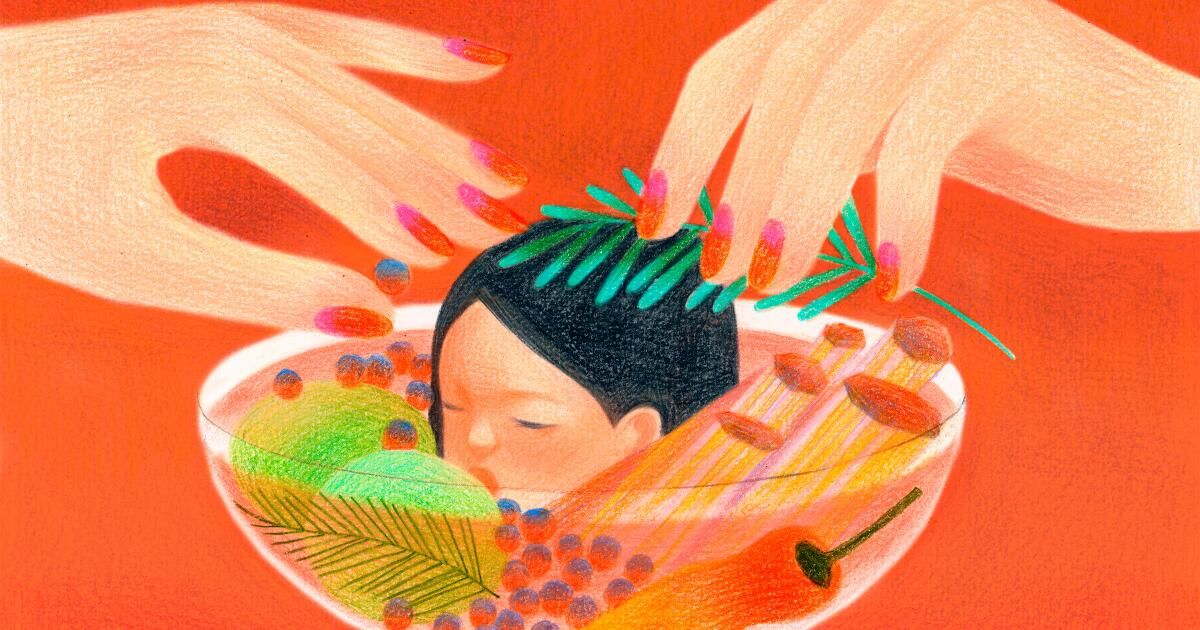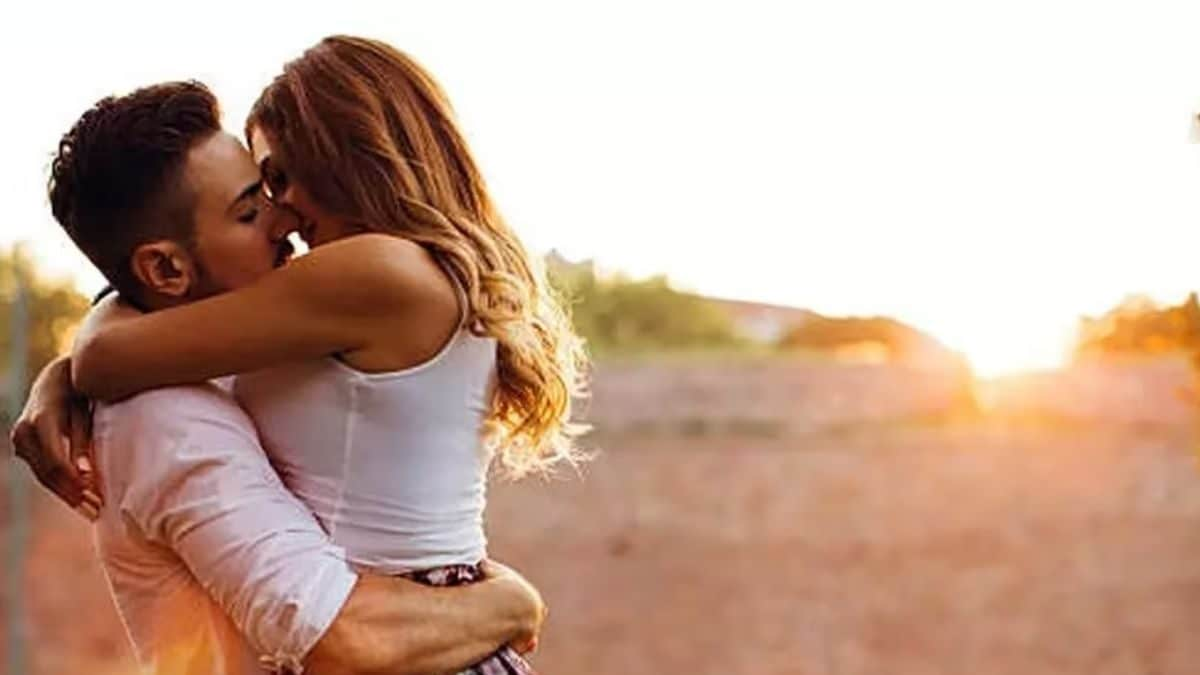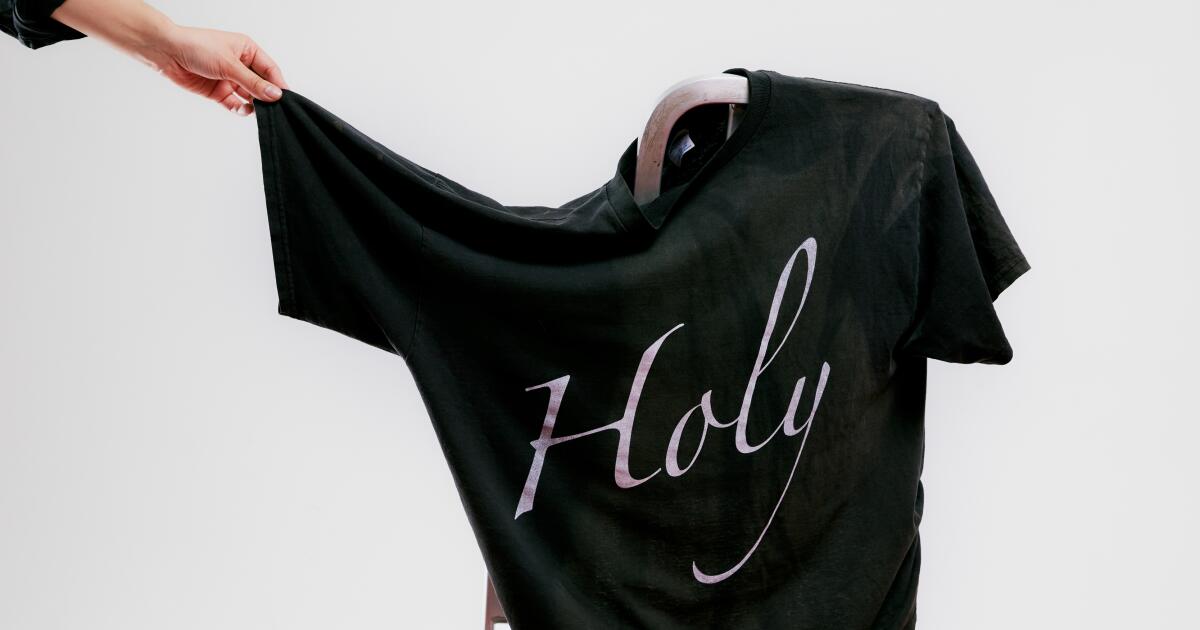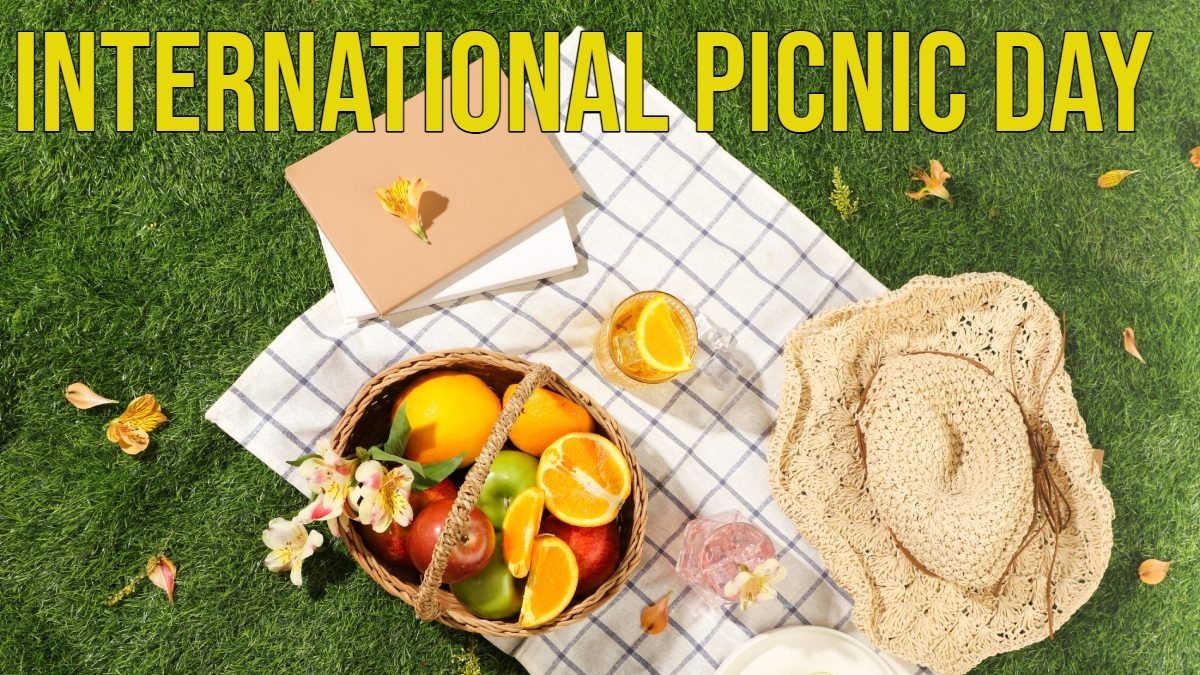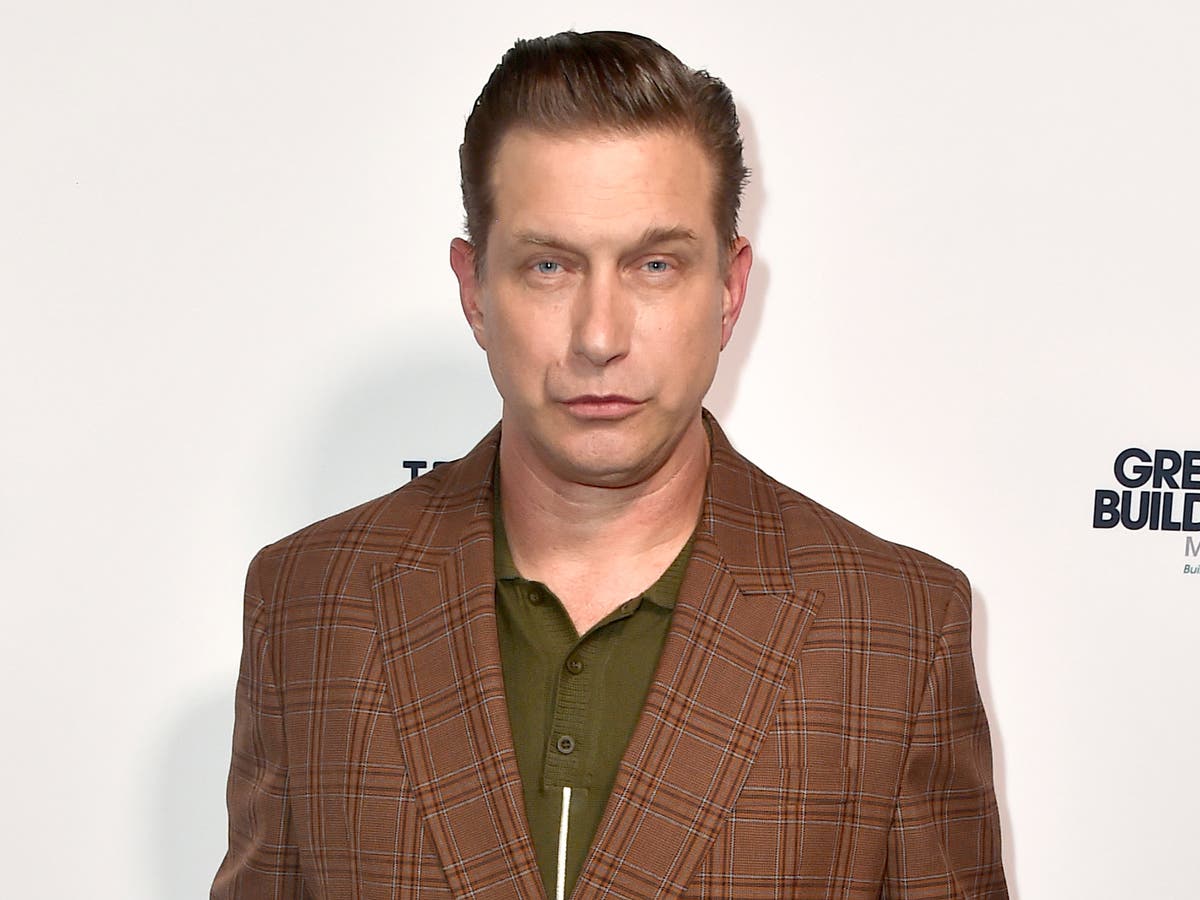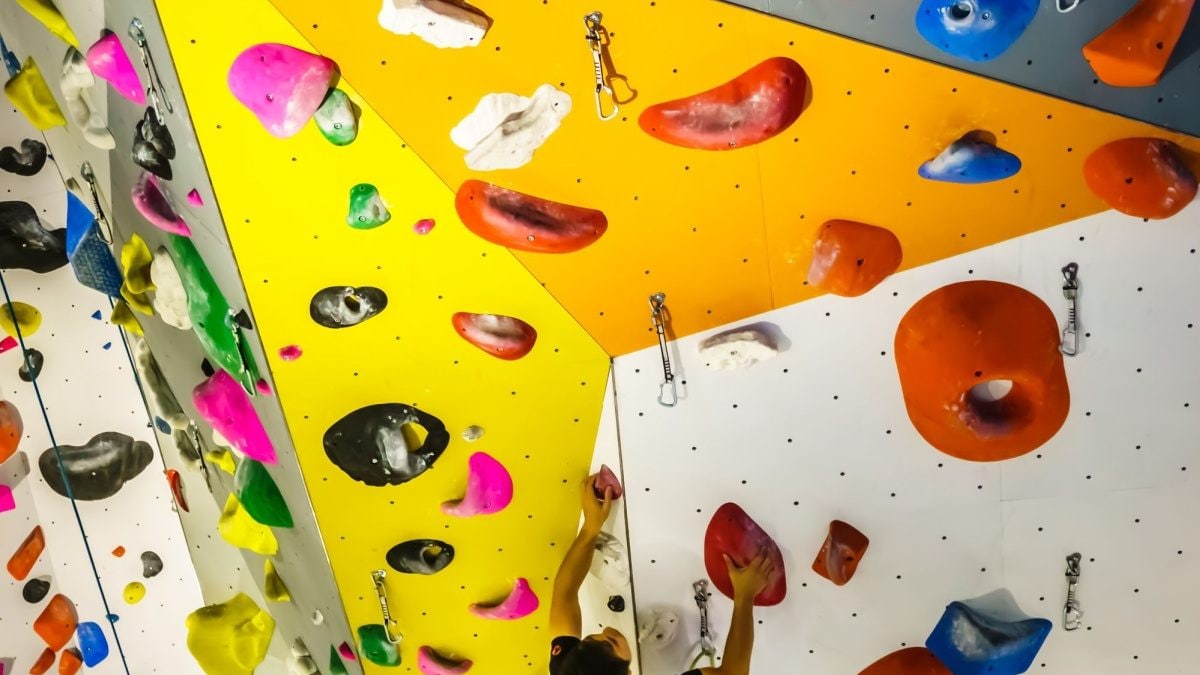When I was a tender teenager, maybe 11, I was at my friend Jane’s house for a sleepover. Jane’s older brother Mark also invited friends. We found one child especially cute, so we decided to make him a drink. We poured Coca-Cola into a glass, then added a little Worcestershire sauce, a little Tabasco, a splash of pickle juice, a splash of ketchup, and a splash of mustard. We stirred it up (it still looked like Coca-Cola, with a little foam on top, you had to be careful to notice it) and brought it to the cute boy lounging on the couch.
“Here, we made you a drink.”
The poor, unsuspecting teen took a big bite and sprinkled it again on the art books on the coffee table.
In the decades since, I have remembered that incident: What were we thinking? – but never as often as I have recently, with the proliferation of new non-alcoholic beverages on the market.
I mean, “heavy duty” non-alcoholic peanut butter, anyone? With strong notes of vinegar, molasses and peanut butter?
I haven’t had an alcoholic drink for 36 years, although I’ve had my share before.
For the first 10 years of my sobriety, the idea of “replacing” an alcoholic drink with a non-alcoholic drink or a non-alcoholic drill seemed risky, as if getting so close to the addictive substance would trigger a relapse. So when others drank wine, cocktails or beer, I would have a glass of sparkling water. Or, on special occasions, Martinelli’s carbonated apple juice. From time to time, a waiter would serve me a blueberry soda. But I have never liked sweet drinks.
In my drinking days, I liked good yeasty beers, dry, crisp or full-bodied wine (when I remembered to try it), and the smoky, peated flavor of Scotch (when I remembered to drink it). In sobriety, I have missed the complexity and depth of flavor of these types of drinks.
I’ve also missed the ceremonial and celebratory aspects of drinking (measuring, stirring, and garnishing) mixed drinks. The juicy squeak of the martini shaker. The corkage of the wine.
And the glassware! As a child, I was fascinated by the glasses and crystal in my parents’ liquor cabinet: the prismatic gleams of the shallow champagne flutes and the more severe martini glasses, the bulbous brandy glasses and the thick-bottomed glasses of the old models, all of them rarely used. . My mother, upon returning from work, used to pour herself a stiff drink in a tall green plastic glass.
I had my first non-alcoholic beer, in a Pilsner glass! – when I was 10 years sober and was doubly surprised: first, that it tasted like beer (at least according to my memory of beer when I was 10). And then (this was the strangest thing) I didn’t immediately want another one.
Still, a non-alcoholic beer might be what I ordered when others were having a cocktail, that is, if the restaurant bothered to stock it. Some waiters and bartenders apologized for not having any, while others scoffed at the request: “What’s the point?” they said.
Every once in a while I would be talked into having a “mocktail,” which too often was just fruit juice and soda water.
But times have changed. There’s a whole new, wild world of interesting liquids for sober drinkers. And for entrepreneurs there is a whole new market to offer to consumers who avoid alcohol, as well as those the industry likes to call “the sober curious.”
(Jiayue Li / For The Times)
Why did it take so long? After all, it is no longer news that in many countries around the world young people drink less. As European Supermarket magazine reported this year, “Studies by multiple research institutions show that Generation Z consumers drink 20% less alcohol than Millennials, and that Millennials already drink less than Generation Boomers.”
Not only has there been a huge influx of new non-A beers, but mocktails (now a retro term) have become more sophisticated. To create complex flavors without alcohol, mixologists have turned to, among other things, the strong, deep flavors of botanicals such as gentian, cinchona (quinine), elderberry and other fruit and flower essences, as well as yuzu, juniper berries, various herbs and spices. and spice blends, vinegars, verjus (unripe grape juice), flavored oils and specialty teas.
The new concoctions, often intense and/or surprisingly complex, provide at least some of the secondary pleasures of alcohol: the ceremonial and the aesthetic; the sense of specialty; the opportunity to drink in elegant glassware.
All of these new non-alcoholic drinks, of course, aren’t cheap. They are expensive liquors. It is known that the price of alcohol has always been inflated, and non-A beverage manufacturers are following suit. For many customers, however, that price – along with stylish packaging – at least shows that the industry now takes them seriously as consumers.
Fine-dining restaurants have also begun to take NA consumers seriously, with many of the world’s top-rated restaurants offering nonalcoholic or low-alcohol pairings, as well as wine pairings for their multitasking tasting menus. dishes.
I had my first non-alcoholic pairing (45 euros compared to the 70 euro wine pairing) with a tasting menu this fall at Le Petit Léon in the French Dordogne. Our waiter said the restaurant came up with its non-A selections by talking about the specific flavors and sensations of the wine pairings, and how they could hit similar notes in each non-alcoholic offering. Ingredients ranged from rooibos tea to fig leaf oil to chai and yuzu spices. My favorite pairing came with a delicate dish of trout: it was a smooth, light yellow drink with a buttery, eerily familiar flavor: it turned out to be chamomile, “soaked to bitterness,” then diluted to a touch, with a bit of honey to give it sweetness. and, surprise, melted butter was added, cooled, and then removed once it hardened.
I’ve been trying to recreate that delicious drink ever since, and the fact that I haven’t succeeded makes me appreciate how much research and development must go into the best new and creative drinks, and it must be, in part, what we’re paying for: Hours of careful chemistry. Hopefully, at some point in the future, some of the best non-alcoholic concoctions, like Big Pharma products, will come in lower-priced, generic versions.
In the meantime, I have to admit that some of the new drinks are delicious, to the point that even alcohol drinkers enjoy them.
I love the bitter flavors of Aperol and Campari: Vibrante from Martini and Rossi and Italian Spritz from Lyre, among others. We mix them with sparkling mineral water. Another favorite is Top Hat’s quinine-intense, sugar-free elderflower tonic syrup mixed with club soda and a dash of bitters. But NA drinker beware. Not all expensive new zero-proof drinks are easily consumed.
My friend Hilary, who has been sober for a long time, has a cart full of non-alcoholic spirits and invited me to try some.
A shot of bitter orange and rosemary from Wilfred was sweet, sipable and pleasantly intense. Something Spritzy from Trader Joe’s was a sophisticated and not overly sweet soda.
“It would be one of my favorites,” Hilary confided, “but it’s not special enough, it doesn’t work the same way as this one,” she said, and poured me some Ghia chili and lime spritz, which had a convincing bitterness of gentian and a spicy spiciness, plus clever packaging and a much higher price tag.
Proof, I thought, that cool packaging and high prices are intoxicating.
I had never tasted anything like Gnista Barreled Oak, a whiskey-brown “spirit” that was warm and buttery, sweet and salty, like caramel dissolved in water. Strange. But it is possible that with time one will get used to it.
“All very interesting,” I said. “But nothing remotely reminds me of alcohol.”
“We’re getting there,” Hilary said, pouring me a generous finger of SOM Thai Basil’s “cane vinegar cordial.” Again, sweet. And intense: the vinegar burned my sinuses, but I didn’t find it pleasurable.
Next, Hilary popped open a can of Sovi non-alcoholic sparkling rosé, which tasted like fresh, dry rosé wine, at least to someone who hasn’t tried real rosé in 36 years. Hmm! (And she also had the price of a real rosé: $30 for a four-pack of 250-milliliter cans.)
Rumish Dark Spicy Spirit. Seedlip Spice 94. Dram Herbal Bitters. Three-spirit sleeping cup. Knead Riverine. I felt like a newbie at the bar being introduced to what were clearly acquired tastes.
“And here’s my favorite after-dinner drink,” Hilary said. “My husband calls it my barbecue sauce.” She poured me a swig of dark brown liquid from a dark brown bottle of Curious Elixirs #5, an “old-fashioned smoked chocolate cherry.”
I had a good drink. Oh ho! It was intense, yes!
Hilary laughed. “The look on your face!”
With elderberry, ginger, chicory, and cayenne along with the “legendary aphrodisiac shatavari,” this thick, sour, sweet, spicy, molasses-vinegar potion took me right back to my 11-year-old self and my mixology experiment. – only now it was me who was drinking. I was too polite to spit it out. Reader, I swallowed it.
Huneven latest novel is “Search” (Penguin Press).

